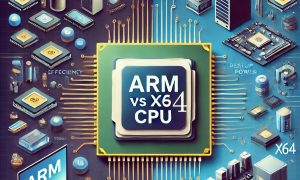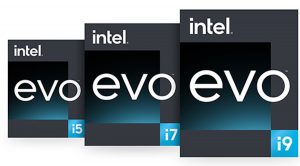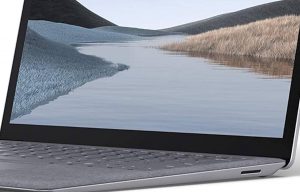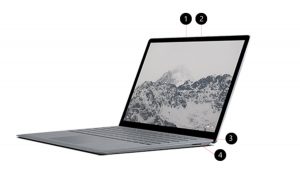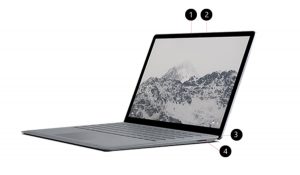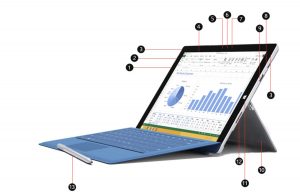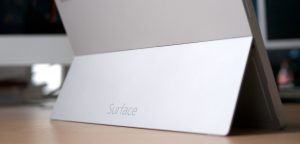The Rise of Qualcomm ARM CPUs: A Reliable and Affordable Option for Windows and Microsoft Surface Devices
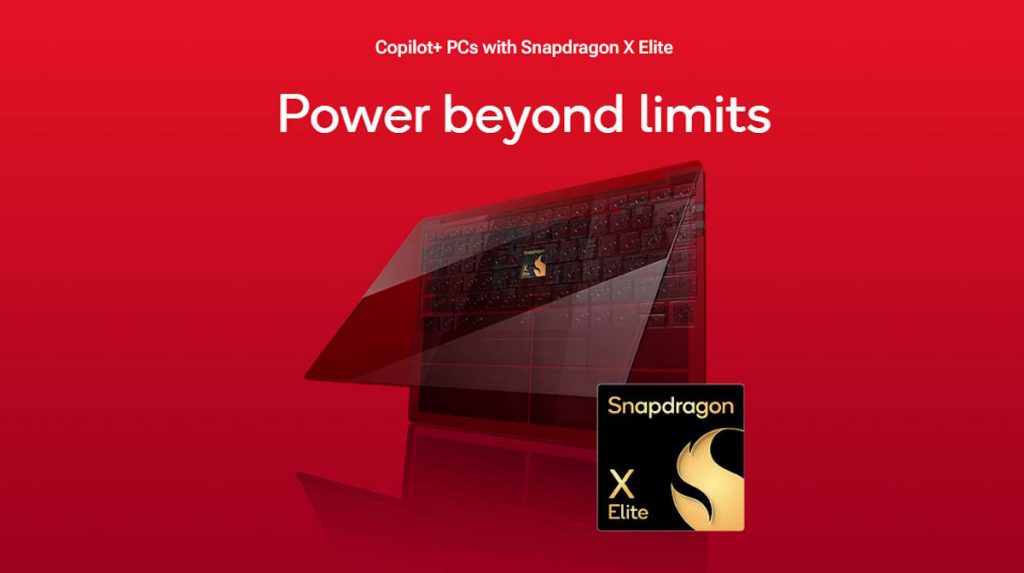
ARM (Advanced RISC Machine) CPUs have been a transformative force in computing, originally dominating the mobile and embedded device markets. Known for their efficiency and low power consumption, ARM processors are now making significant strides in the PC market. With companies like Qualcomm leading the charge, ARM-based CPUs are becoming an increasingly viable option for Windows devices, including Microsoft Surface. This article explores the technology, its benefits, drawbacks, and its potential to reshape the future of Windows computing.
Qualcomm’s Role in the ARM Revolution
Qualcomm has emerged as a key player in the ARM CPU market, leveraging its expertise in mobile chipsets to develop processors like the Snapdragon series. These CPUs, tailored for performance and efficiency, are designed to cater to Windows PCs while maintaining the hallmark energy efficiency of ARM architecture. Qualcomm’s collaboration with Microsoft has resulted in specialized processors like the Snapdragon 8cx Gen 3, which are optimized for Windows on ARM platforms.
Advantages of ARM CPUs for Windows Devices
ARM CPUs bring several advantages to Windows devices:
- Energy Efficiency: ARM processors consume less power, resulting in longer battery life, making them ideal for ultraportable devices like laptops and tablets.
- Fanless Design: Thanks to their low heat output, ARM CPUs enable sleeker, quieter devices without the need for active cooling.
- Built-in Connectivity: Many ARM CPUs, such as Qualcomm’s, feature integrated 5G and Wi-Fi modules, ensuring seamless, always-connected devices.
- Cost-Effectiveness: With their design simplicity, ARM CPUs are often more affordable to manufacture, enabling competitively priced devices.
Microsoft Surface and ARM: A Perfect Match?
Microsoft Surface devices have increasingly adopted ARM-based CPUs, exemplified by models like the Surface Pro X. These devices showcase ARM’s potential, offering lightweight designs, all-day battery life, and integrated LTE connectivity. However, the performance and compatibility challenges of ARM processors on Windows remain a topic of debate. While optimized apps run smoothly, legacy Windows software requiring x86 emulation can lead to performance bottlenecks.
Challenges and Limitations of ARM CPUs
Despite their advantages, ARM CPUs face notable challenges:
- Software Compatibility: Many legacy Windows applications are not natively optimized for ARM, necessitating emulation, which can degrade performance.
- Performance Trade-offs: While ARM excels in efficiency, high-end computing tasks can lag behind those performed on x86 CPUs like Intel’s or AMD’s.
- Ecosystem Maturity: The ARM ecosystem for Windows is still developing, with limited device options and less robust support compared to the x86 platform.
Future Prospects for ARM CPUs in the Windows Ecosystem
As the ARM ecosystem grows, so does its potential. Microsoft and Qualcomm are investing heavily in improving performance and software compatibility. Developers are increasingly optimizing applications for ARM, and advancements in ARM processor technology promise to narrow the performance gap with x86 CPUs. The introduction of custom ARM chips by competitors like Apple (e.g., the M1 and M2) has also set a high standard, pushing the entire ARM industry forward.
Are ARM CPUs the Future of Windows Computing?
Qualcomm ARM CPUs represent a compelling alternative for Windows devices, offering affordability, energy efficiency, and integrated connectivity. While challenges remain, the continuous development of the ARM ecosystem and partnerships with companies like Microsoft hint at a promising future. For now, ARM-based devices like the Microsoft Surface Pro X are ideal for users seeking portability and battery life, though power users may still lean towards x86 platforms for demanding workloads.
